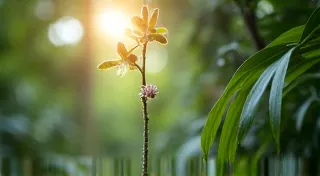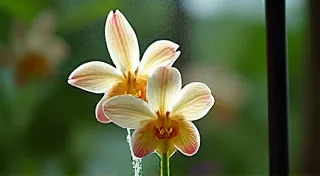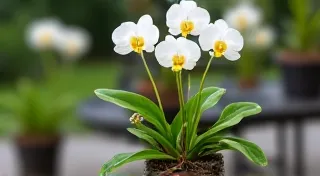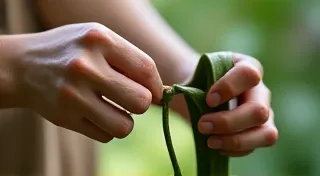Essential Soil and Fertilizer for Thriving Vanilla Bean Plants
Growing vanilla beans at home is a rewarding but demanding endeavor. While their intoxicating fragrance and delicious flavor are universally loved, vanilla’s reputation for being difficult to cultivate is well-earned. Many factors contribute to success – climate, humidity, pollination – but often overlooked, and absolutely critical, are the soil and nutrient requirements of these tropical vines. Providing the right foundation for your vanilla bean plant from the outset dramatically increases your chances of a bountiful harvest. This article will explore the specific needs of vanilla plants regarding soil composition and fertilization, providing a practical guide to nurturing them through every growth stage.
Understanding Vanilla's Soil Preferences
Vanilla (Vanilla planifolia) originates from the tropical forests of Mexico, Central America, and the Caribbean. This origin is key to understanding its soil preferences. It thrives in rich, well-draining soil that mimics the environment of a shaded rainforest floor. Let’s break down the essential elements:
Soil Texture: The Importance of Drainage
Vanilla roots are surprisingly susceptible to root rot, a common problem in poorly drained soils. They need a loamy texture - a balanced mixture of sand, silt, and clay. The sand allows for aeration and drainage, the silt provides some water retention, and the clay helps anchor the roots. A sandy loam is often considered ideal. Heavy clay soils can be amended (more on that below), but they require extra vigilance regarding drainage.
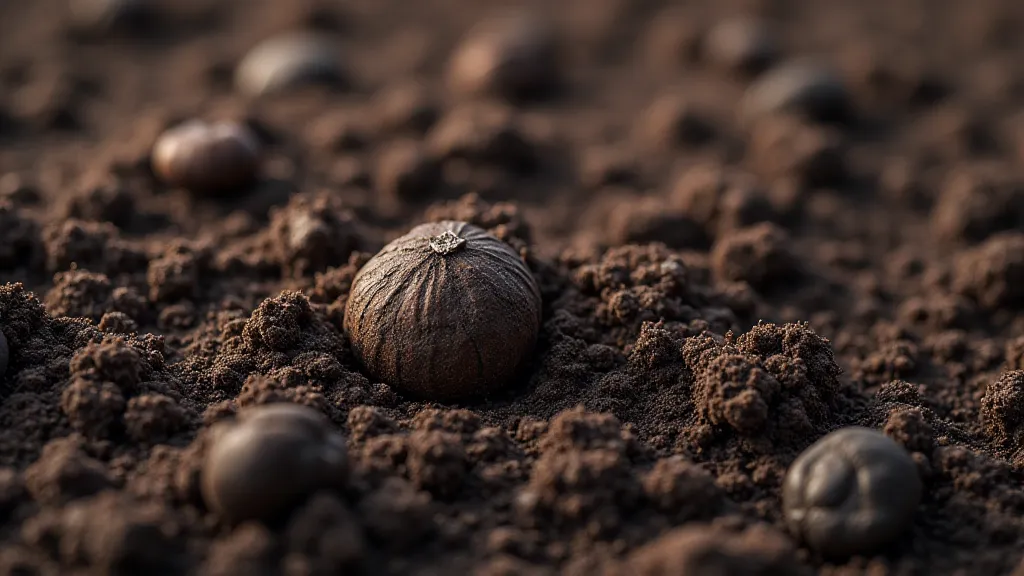
pH Level: Slightly Acidic is Best
Vanilla plants prefer a slightly acidic soil pH, typically between 6.0 and 6.5. This pH range allows them to most effectively absorb essential nutrients. You can easily test your soil’s pH using a readily available soil testing kit – readily available at garden centers and online. If your soil is too alkaline (above 6.5), you can lower the pH by adding sulfur or sphagnum peat moss. If it’s too acidic, you can add lime.
Organic Matter: The Rainforest Floor Advantage
The rainforest floor is teeming with decaying organic matter – fallen leaves, twigs, and other plant debris. This constant supply of nutrients and improves soil structure. Vanilla plants benefit enormously from high levels of organic matter in their soil. This improves water retention, aeration, and provides a slow-release source of nutrients. Adding compost, well-rotted manure, or leaf mold to your soil is essential.
Amending Your Soil: Dealing with Clay or Sand
Most home gardeners don't have naturally perfect soil. Here's how to address common issues:
- Clay Soil: Amend heavily with compost, well-rotted manure, and perlite or vermiculite to improve drainage and aeration. Raised beds or containers are highly recommended for vanilla plants grown in clay soils.
- Sandy Soil: Sandy soil drains too quickly and doesn’t retain moisture or nutrients well. Amend with compost, peat moss, and clay minerals (like bentonite) to improve water retention and nutrient holding capacity.
Fertilizing Your Vanilla Bean Plants
While the organic matter in healthy soil provides a baseline of nutrients, vanilla plants are heavy feeders and require regular fertilization, particularly during their active growing season (spring and summer). The right fertilizer provides the essential nutrients for robust growth, flowering, and pod development.
Understanding Macronutrients and Micronutrients
Fertilizers are formulated with different ratios of essential nutrients. Here’s a breakdown:
- Nitrogen (N): Promotes leafy growth – crucial for the vines’ rapid development.
- Phosphorus (P): Essential for root development, flowering, and pod formation.
- Potassium (K): Supports overall plant health, disease resistance, and fruit quality.
These three are the primary macronutrients, indicated by the N-P-K ratio on fertilizer labels (e.g., 10-5-10). Vanilla plants also require micronutrients like iron, manganese, zinc, and copper, though they are needed in smaller quantities. A balanced, high-quality fertilizer will provide both.
Fertilizer Types: Organic vs. Synthetic
Both organic and synthetic fertilizers can be used to grow vanilla beans. However, organic fertilizers are generally preferred for their slow-release properties, improved soil health benefits, and reduced risk of burning the roots.
- Organic Fertilizers: Options include compost tea, worm castings, well-rotted manure, bone meal (for phosphorus), and kelp meal (for micronutrients).
- Synthetic Fertilizers: Provide nutrients in readily available forms, but can easily burn plants if overused and don’t improve soil health. If using synthetic fertilizers, follow label instructions *exactly* and dilute appropriately.
Successfully cultivating vanilla requires more than just understanding soil composition; choosing the right variety also plays a significant role. Researching different vanilla bean varieties and understanding their specific needs is a worthwhile investment for any aspiring vanilla grower.
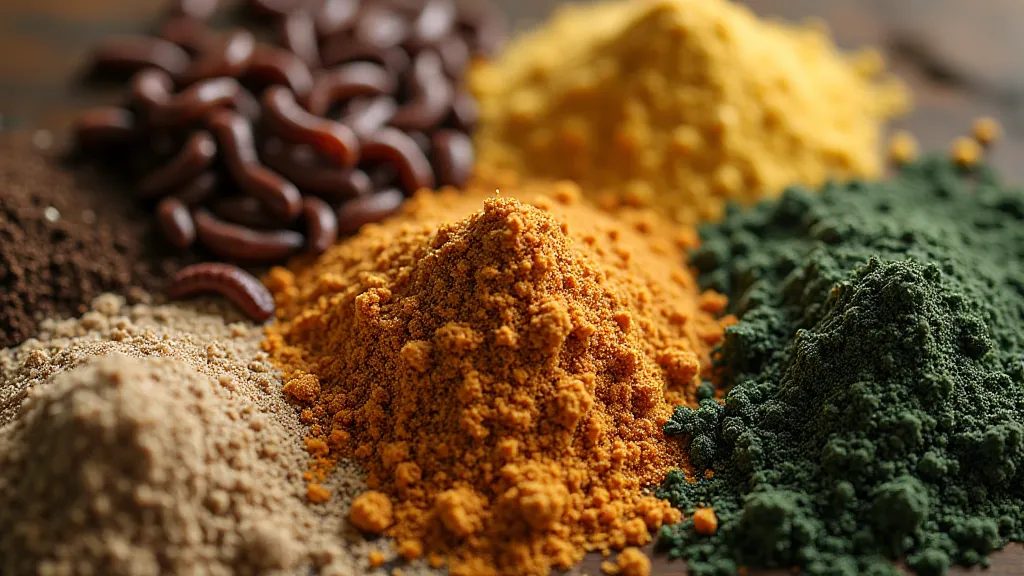
A Simple Feeding Schedule
The following is a general guideline. Adjust based on your plant's specific needs and growth stage. Always err on the side of caution and use less fertilizer rather than more.
- Young Plants (First Year): Feed every 4-6 weeks with a balanced, diluted fertilizer (e.g., 5-10-5). Focus on promoting strong root development.
- Mature Plants (Second Year onwards): Increase feeding frequency to every 2-4 weeks during the active growing season (spring/summer). Consider using a fertilizer higher in phosphorus to encourage flowering and pod development (e.g., 8-12-8). Reduce feeding frequency during the dormant season (fall/winter).
- Post-Harvest: After harvesting vanilla beans, provide a boost of potassium to replenish the plant's reserves (e.g., 3-4-8).
Troubleshooting Nutrient Deficiencies
Even with careful fertilization, nutrient deficiencies can sometimes occur. Here are some common signs:
- Nitrogen Deficiency: Yellowing of older leaves.
- Phosphorus Deficiency: Purplish tinge on leaves and stems, stunted growth.
- Potassium Deficiency: Brown edges on leaves, weak stems.
If you suspect a nutrient deficiency, adjust your fertilization program accordingly. Soil testing can also help pinpoint specific deficiencies. For those interested in maximizing their harvest, learning about pollinating vanilla beans is a crucial step, as vanilla relies on specific insect pollination that isn't always present in home gardens.
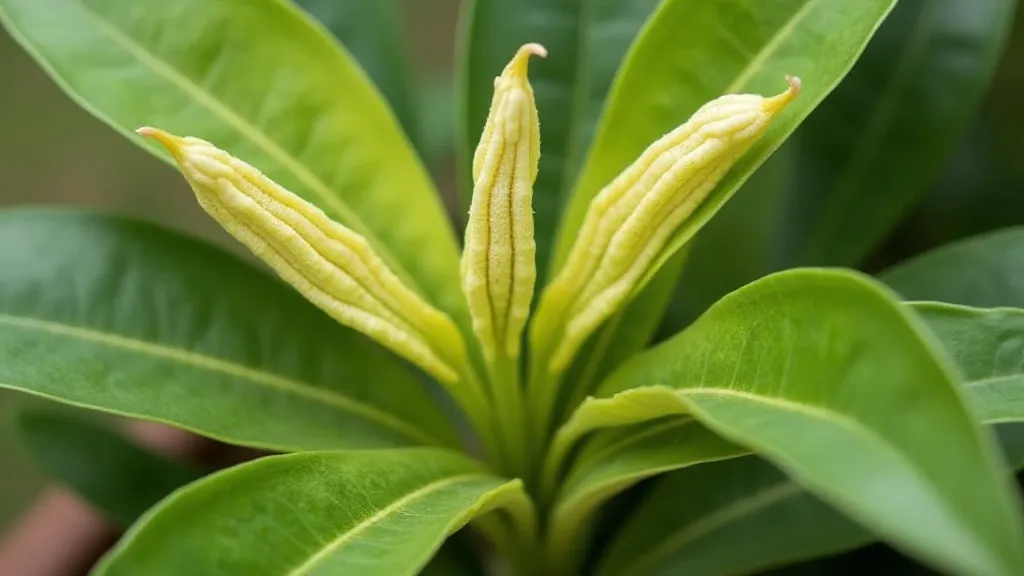
Beyond the basics of soil and fertilizer, understanding the economic factors involved can significantly impact your success as a home vanilla grower. Exploring the economics of home-grown vanilla can help you assess the potential return on your investment and plan accordingly.
Providing the right soil and fertilizer is an investment in the long-term health and productivity of your vanilla bean plants. By understanding their specific needs and implementing a consistent care routine, you’re significantly increasing your chances of enjoying the sweet rewards of homegrown vanilla.
